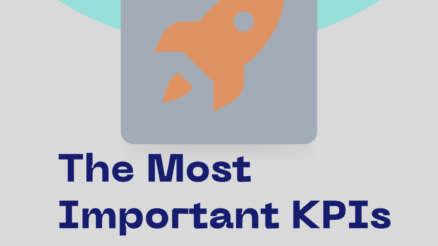People are organizations which don’t change and adapt to change are bound to fail.
Why ?
Due to technology everything is rapidly changing which threatens to make many skills redundant. There’s a continuous threat that machine will replace humans and services given by many organizations.
The shelf life of today’s knowledge is only two to three years. If people and organisations want to stay relevant and flourish, there is an urgent need to unlearn old ways of working and learn new things.
We need to become hyper-learner by changing our mindset. This’s the core message of the recently published book titled Hyper Learning by the professor Edward D. Hess.
Professor Edward D. Hess did a wide and deep research on transformation at individual and organizational level. He discussed the reasons and causes of transformation and how it can be realized in the ever-changing business environment.
Two Mindsets for Individual Hyper-Learning
First, it’s growth mindset that your ability is not limited and it can grow and expand by learning new skills and behaviour.
Second, it’s new smart mindset . This means you’re focussed on innovation and creativity. Those who believe in this mindset are not afraid of making mistakes. They set their ego aside and collaborate with other people and they believe that best ideas emerge from team work , not from individual effort
Culture of Hyper-Learning at Organizations
Organizations which are reluctant of adapting new ways of working, new technology are not going to compete in the future. Those who maintain a culture of individualistic competition, top-down hierarchy and fear of failure will soon disappear.
But there are organizations which nurture the mindset of hyper-learning and always promote culture of creativity and innovation. One of these organizations is insurance corporation W.R Berkley which was founded in 1967 by William R. Berkely when he was studying at Harvard Business School. Today William is the executive chairman, while his son, Rob is president and CEO.
The company always promotes and maintain people-centric culture which is the main reason behind its success. In other words, the company implemented the culture of hyper-learning. First, the leadership of the company realized that every employee had an important role to play in the future of business. They implemented a culture where ideas were shared and healthy collaborations happened and leadership didn’t dictate the future of the company.
R. Berkley leaders also ensured that everyone felt psychological safe as this is the prerequisite of culture of hyper-learning. The employees used to question the decisions made by leadership. By removing the top-down approach at their workplace they were on the right track of learning and prosperity.
The leadership also believed that creativity, innovation and change require employees try new things, find new ways of working and accept technological advancements. They fostered a culture in which making mistakes and experimenting new things were welcomed and considered normal.
Organizations which still maintain strict top-down hierarchy and are not open to new ideas from their employees are fostering a culture where creativity and innovation is discouraged. These types of organizations are bound to fail.
04 Key Concepts of Hyper-Learning
In the book Hyper-Learning the writer advocated new ways of working and presented with key four concepts of hyper-learning.
1. Idea Meritocracy
Hyper Learning organizations maintain a culture of idea meritocracy. It is just like how Google works that it gives you the best recommendation on your searching words. Google doesn’t discriminate that where and who is giving the best answer to your search. It’s not important where the idea is coming from whether it is senior most CEO of organization or an intern.
2. Positivity
The culture of Hyper Learning also demands positivity at workplace. Psychologists like Alice Isen and Barbara Fredrickson has shown us through their research those positive emotions increase our mental capacity. Positive emotions help us perform better if we’re dealing with cognitive processing, innovative thinking, decision making or creativity. And negative emotions do the exact opposite . Fear and anxiety can badly affect our performance.
3. Psychological Safety
Psychological safety is the essential part of learning within any organization. Hyper Learning Organizations foster culture of psychological safety where everyone feels free and safe to express their opinions without fear. Such organizations encourage their employees to experiment new things without being afraid of losing their jobs.
4. Self Determination
The culture of Hyper Learning in organizations also install a habit of seeking out new challenges and expand capacities of their employees. If employees have flexibility and freedom at work then they’re more likely to perform better. If this culture of self-determination doesn’t exist in organizations, then employees will become less motivated. This will surely affect their performance, productivity and creativity.
Take Home Points
- The rapid technological changes threaten existence of organisations which don’t change with matching pace.
- Hyper Learner individuals are those who believe in growth mindset and smart mindset.
- At organizations there should a culture of Hyper Learning to meet challenges of the uncertain future.
- 4 key concepts of Hyper Learning organizations are: idea meritocracy, positivity, psychological safety and self determination



